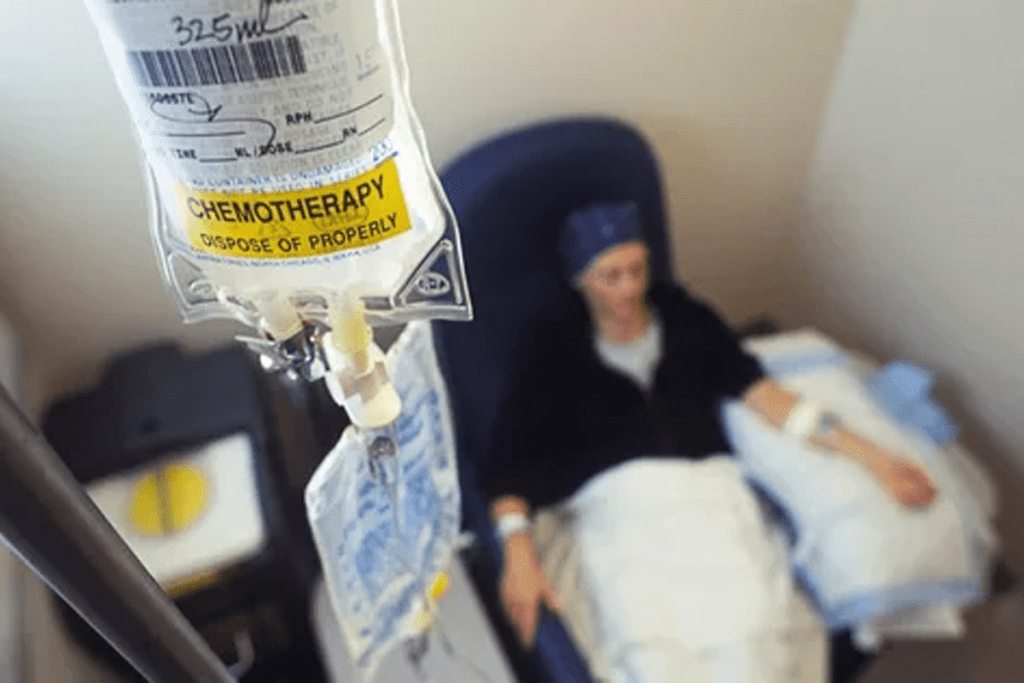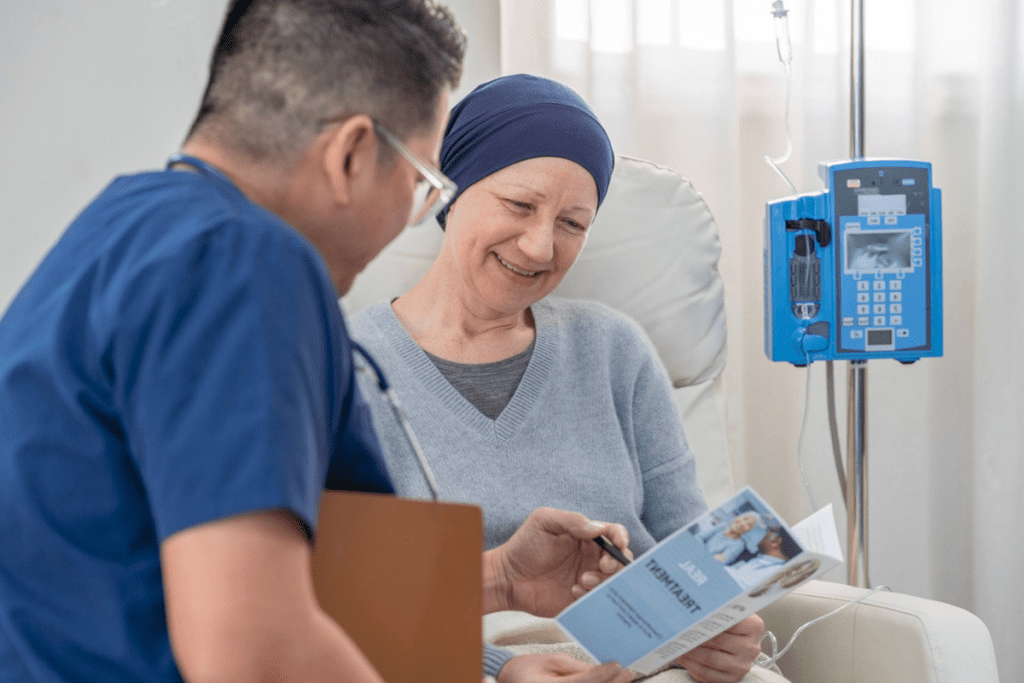Last Updated on November 13, 2025 by
Chemotherapy is a strong tool against cancer, but the most feared chemotherapy side effect is its severe impact on immunity. The risk of deadly infections because of weakened immune defenses is a big worry. This risk shapes treatment plans and hospital protocols all over the world.

The American Cancer Society says chemotherapy can harm healthy cells, including those in the bone marrow. This can cause neutropenia, a serious condition with low white blood cell counts. It makes people more likely to get severe infections.
How bad these side effects are can vary a lot from person to person. Some might face long-term effects like heart or nerve damage. It’s very important for those getting chemotherapy to know about these risks.
It’s key to understand how chemotherapy toxicity affects patients. Chemotherapy is a main cancer treatment, but it can cause many side effects. These can really change a patient’s quality.
Most patients on chemotherapy face some side effects. How bad and long these effects last can differ a lot. Common issues include feeling very tired, nausea, and a higher chance of getting infections.
Chemotherapy-related bleeding complications are also a worry, mainly for those with low platelet counts.

How long side effects last can vary. Some, like feeling very tired and chemo brain, can stick around even after treatment ends. Others might go away soon after treatment stops. The type of chemotherapy, the dose, and the patient’s health can affect how long side effects last.
Long-term side effects can really affect a patient’s quality of life. It’s important to manage these effects to help patients do better. Doctors and patients work together to handle these issues, making care better.
Chemotherapy is a key part of cancer treatment, but it comes with scary side effects. Myelosuppression is one of the most feared. It happens when the bone marrow can’t make enough blood cells. This can cause serious infections, anemia, and bleeding.

Myelosuppression often leads to neutropenia. This is when you don’t have enough neutrophils, a key white blood cell. Without enough, you’re more likely to get infections that can get very serious. It’s vital to keep an eye on neutrophil counts during treatment.
Neutropenia can be managed with medicine. This includes using G-CSF to help the bone marrow make more neutrophils. But the risk of infection is always there. This means we need to watch closely and sometimes use antibiotics to prevent infections.
Febrile neutropenia is a big worry. It’s when you have a fever and not enough neutrophils. This is a medical emergency that needs quick action. It can quickly turn into sepsis, a condition that can be deadly.
We must act fast if someone has febrile neutropenia. Patients need to know the signs of infection. They should seek help right away if they have a fever or other symptoms.
Chemotherapy affects more than just blood cells. Other side effects can really impact a patient’s life. Nausea and vomiting are two big problems, even with better treatments.
Nausea and vomiting can cause dehydration and imbalances in electrolytes. They can also lead to malnutrition. It’s important to find ways to manage these issues to help patients.
Chemotherapy can make you very tired, making everyday tasks hard. Some patients also experience “chemo brain,” which includes memory and concentration problems. It’s key to understand these cognitive effects to care for patients better.
We know how important it is to tackle these side effects. By managing nausea, vomiting, fatigue, and brain effects, doctors can greatly improve patients’ lives during chemotherapy.
Myelosuppression is when the bone marrow can’t make enough blood cells because of chemotherapy. This can cause problems like neutropenia and febrile neutropenia. These issues make it harder for the body to fight off infections.
Chemotherapy can harm the bone marrow. This leads to fewer white blood cells, red blood cells, and platelets. This makes it harder for the body to fight off infections, causes anemia, and increases the risk of bleeding.
Neutropenia is when you don’t have enough neutrophils, a key white blood cell. Chemotherapy can cause this. It makes it harder for the body to fight off infections.
Febrile neutropenia is when you have a fever and not enough neutrophils. It’s very serious and needs quick medical help. It can lead to sepsis and other serious problems.
Side effects from chemotherapy can last different amounts of time. Some go away in weeks or months after treatment ends. Others can last much longer.
“Chemo brain” is when patients have trouble with memory and thinking after chemotherapy. It can make everyday life harder and can last a long time.
We use medicines and other support to help with nausea and vomiting. This helps our patients feel better during chemotherapy.
To fight fatigue, we suggest rest, exercise, and good nutrition. We also look for and treat any underlying causes, like anemia or depression.
Yes, some side effects of chemotherapy can last a long time. These include problems with thinking, increased risk of infections, and damage to organs. We help patients watch for and manage these risks.
Subscribe to our e-newsletter to stay informed about the latest innovations in the world of health and exclusive offers!